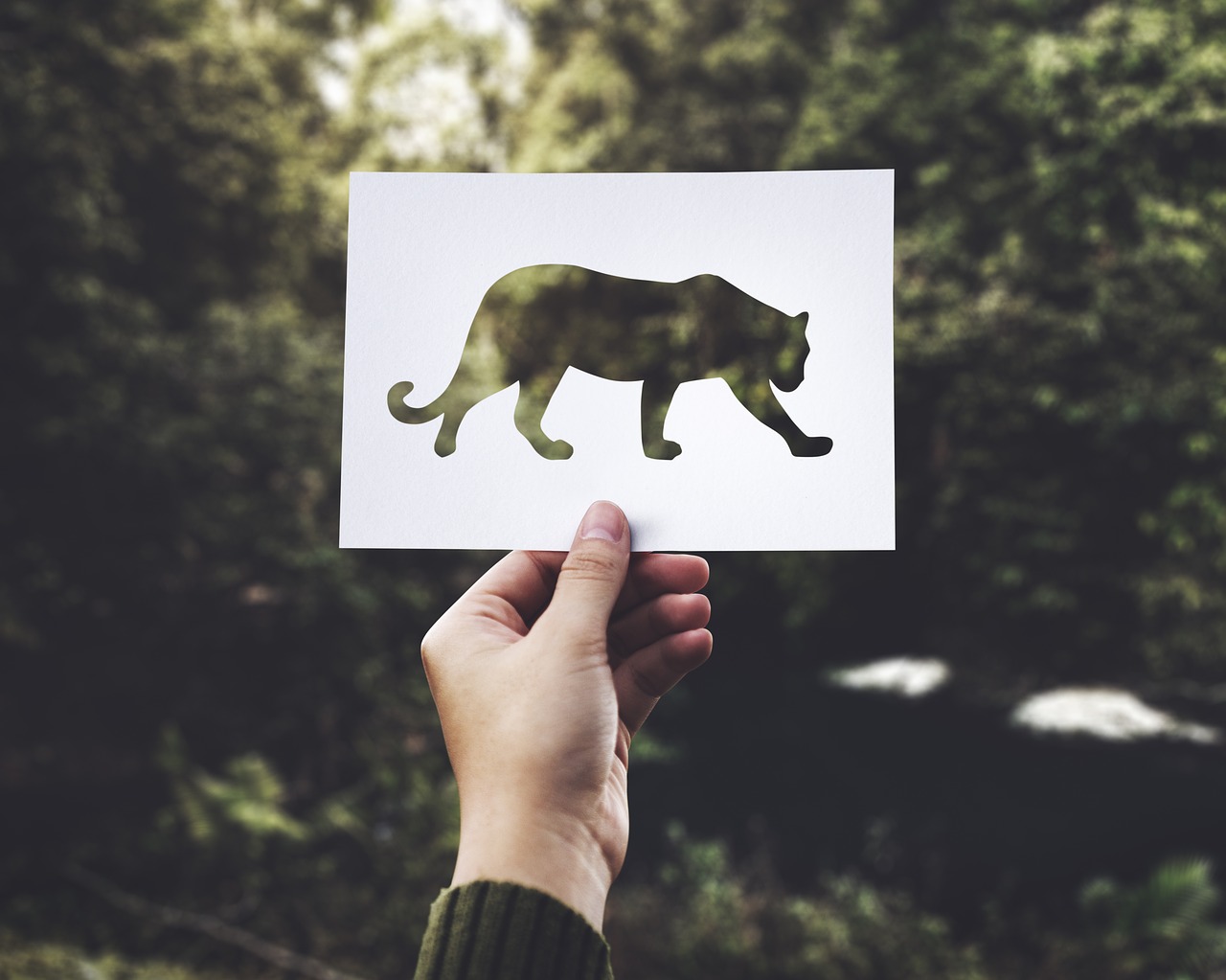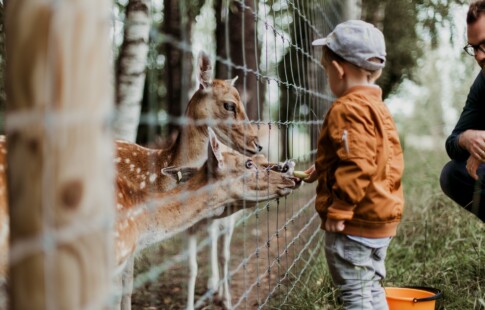
Wildlife Extinction Is Hurting More Than Just Animals
We are reader-supported. When you buy through links on our site, we may earn affiliate commission.
When people think about wildlife extinction, they often ponder how creatures like the woolly mammoth and the dodo bird now only exist through media and research. However, it does more than eradicate animals. Here’s an eye-opening breakdown of how extinction’s effects often get overlooked.
It Could Trigger the Decline of the Human Population
A sobering report from the United Nations warns that 1 million species are at risk for extinction. The organization says it’s not too late for everyone to work together, from a local scale to an international one, to enact positive changes.
Unfortunately, humans have a long history of activities like poaching or those that destroy animals’ habitats. However, it’s crucial to realize that wildlife extinction could hurt humans, too. That’s because animals serve as direct and indirect food sources for people. People could find that extinction could hinder their ability to thrive.
It Reduces the Chances for Humans to Learn Through Real-Life Encounters
As extinction becomes more problematic in today’s world, humans may not have as many opportunities to learn from live animals. For example, when scientists study endangered species, they learn things that could help them, as well as associated creatures. However, those educational benefits cease once extinction occurs.
Similarly, consider how people learn when they go to nature centers where staff members prioritize conservation. Many of those facilities offer guided tours where visitors can see plants and animals up close and learn how their actions impact the survival of those species.
It doesn’t help matters that the Trump administration recently made drastic changes to the Endangered Species Act. For example, industries can now make economic assessments that determine how protecting a species might affect their profits.
In addition, discussions about humanity’s impact on the Earth and its species have become more controversial under Trump’s leadership. For example, the administration deleted a quarter of all climate change and related references from government websites.
Besides restricting the public’s access to information, getting rid of content also stifles healthy discussions about those matters. Then, people may hesitate to bring up their concerns about the looming threat of wildlife extinction or any other topics deemed controversial or unpleasant. However, such conversations are essential parts of learning, especially when people can’t benefit from frequent real-world wildlife experiences.
It Harms Biodiversity
Biodiversity refers to a system where the survival and prosperity of one species depends on many others. Many people think of biodiversity as a living web. It’s at the heart of why wildlife extinction could hurt humans’ survival over the long term. So, it shouldn’t be hard to see how the problem of animals becoming extinct hurts biodiversity.
Large and small species alike play important roles in balancing the ecosystem — even when people don’t realize it. However, a lack of biodiversity could cause an effect that’s much more noticeable to humans: the increase of diseases. A longstanding hypothesis that received substantial support through collective research says biodiversity inhibits infectious diseases.
Division still exists in the scientific community concerning how much of an effect the loss of biodiversity has on controlling diseases. However, much of the research so far strengthens the argument that biodiversity should not be taken for granted or ignored.
Recently, a team from the University of British Columbia found an interesting connection between climate change and wildlife extinction. Animals go through genetic adaptation and range shifts — changing the area over which a species generally exists — to safeguard against it. However, those two coping mechanisms can cause conflicts between species and make extinction rates surpass projections.
The researchers said these findings highlight the need to create wildlife corridors, which join two similar habitats. They promote the largest amount of biodiversity. In contrast, barriers and roads could hinder the species’ ability to survive in changing environments.
It Could Worsen Climate Change
Scientists warn that climate change will have devastating and life-altering effects unless people take decisive steps to tackle it now. You may not immediately see a link between wildlife extinction and climate change, but research shows that the disappearance of some large animals could exacerbate the warming of the planet.
Researchers found that animals like tapirs and primates facilitate tree growth when the seeds from fruits pass through the digestive tract. The fruit-bearing trees commonly eaten by large animals are generally big, wood-dense varieties that are more effective than smaller trees at trapping CO2. If some of these creatures become extinct, it could speed up climate change.
It Could Harm the Plants That Play a Substantial Role in Human Lifestyles
Although wildlife traditionally encompassed undomesticated animals, most experts now agree that the definition extends to plants. However, it often gets left out of extinction discussions, leading to a problem called “plant blindness.” People usually don’t pay enough attention to non-animal species and their future existence or the threat to it.
However, many of the products used in our everyday lives could not be made without plants. Papers and some kinds of fabrics are a couple of examples. Also, vegetarians and vegans choose to eat plant-based diets. Health professionals often recommend that including more plants in a diet is healthier for most people, even if they don’t remove meat from their dietary preferences.
What Can We Do About Wildlife Extinction?
The coverage above creates a bleak picture of the future of wildlife, and indeed, it’s a severe, urgent problem. Fortunately, researchers are responding promptly by investigating methods to curb extinction. Some of them use tracking technology to pinpoint animals’ locations as they move. They then use information about the corresponding habitats to better understand how to reduce harmful effects that could increase the possibility of extinction.
Captive breeding programs have also helped. Moreover, some scientists see the promise of cloning animals to prevent extinction, such as when natural births cannot happen often or efficiently enough to maintain a species.
In another recent case, scientists successfully used in-vitro fertilization (IVF) to create two embryos of the Northern white rhino. Only two of those creatures still exist, and both are female.
A Complicated Issue
The rate of wildlife extinction is alarming, and there is no easy technique to solve it. However, addressing the matter is not a lost cause. New scientific advantages give researchers more options when evaluating how to target the most at-risk species and promote their survival.
Share on
Like what you read? Join other Environment.co readers!
Get the latest updates on our planet by subscribing to the Environment.co newsletter!
About the author
Jane Marsh
Starting from an early age, Jane Marsh loved all animals and became a budding environmentalist. Now, Jane works as the Editor-in-Chief of Environment.co where she covers topics related to climate policy, renewable energy, the food industry, and more.





